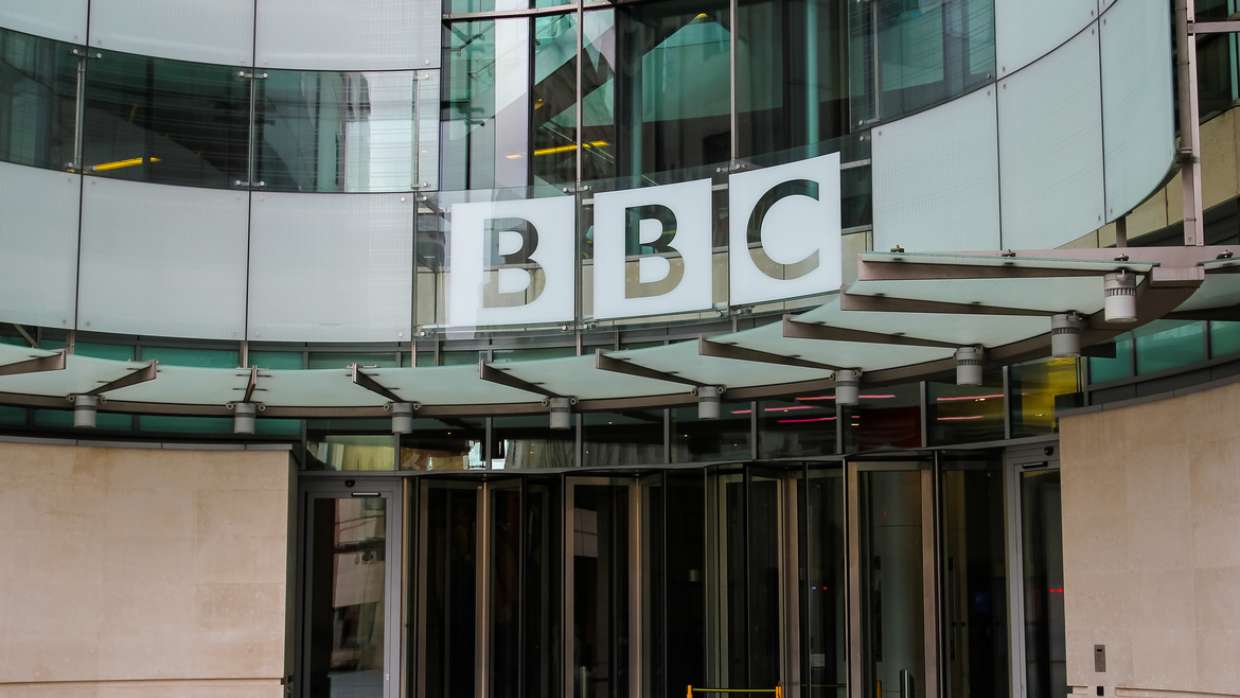What is missing trader fraud?
Missing trader fraud involves a ‘missing’ or ‘defaulting’ trader who deliberately fails to pay its VAT liability for taxable supplies made in the UK. Those supplies may pass through a number of intermediary traders before they are either sold to an end user in the UK or dispatched/exported to an overseas customer. These supply chains are known as ‘tax loss chains’. In some cases the organisers of the fraud will use non-tax loss chains alongside tax loss chains in order to disguise the VAT losses as part of an overall scheme to defraud HMRC.
What is the impact of missing trader fraud?
Missing trader fraud steals large amounts of VAT from the public purse, which could be used for essential public services such as hospitals and schools. The Government’s measures to combat this fraud place a responsibility on those who might deal with the fraudsters to take reasonable precautions.
How can missing trader fraud affect your business?
If you knew or should have known that your transaction was connected with fraud then HMRC may refuse your VAT claim in respect of that transaction. In determining whether you knew or should have known HMRC will consider all of the circumstances relating to the transaction, including whether you took reasonable steps to verify the integrity of your supply chain.
How can a business avoid becoming caught up in missing trader fraud?
It is in your interest to check carefully who you are dealing with. It is good commercial practice for businesses to carry out checks to establish the credibility and legitimacy of their customers, suppliers and supplies. These checks may need to be more extensive in business sectors that are commercially risky or vulnerable to fraud and other criminality.
HMRC does not expect you to go beyond what is reasonable. However HMRC would expect you to make a judgement on the integrity of your supply chain and the suppliers, customers and goods or services within it.
What kind of checks can I undertake to help ensure the integrity of my supply chain?
The following are examples of indicators that could alert you to the risk of a connection with missing trader fraud:
1. Legitimacy of customers or suppliers.
For example:• What is your customer’s/supplier’s history in the trade?
• Have you been contacted within a short space of time by a prospective buyer and seller offering to buy/sell goods of the same specifications and quantity?
• Has your supplier referred you to a customer who is willing to buy goods of the same quantity and specifications being offered by the supplier?
• Does your supplier offer deals that carry no commercial risk for you – e.g. no requirement to pay for the goods or services until payment is received from the customer?
• Are you being offered deals that involve consistent or pre-determined profit margins, irrespective of the date, quantities or specifications of the goods or services being traded? Have normal commercial practices been adopted in negotiating prices?
• Are you being asked to make payments to third parties other than your supplier or payments to an offshore bank account?
• Are the goods adequately insured?
• Are high value deals being offered with no formal contractual arrangements?
• Are high value deals being offered by a newly established supplier with minimal trading history, low credit rating etc?
• Is a small, newly-established business offering to supply you with goods cheaper than a long-established supplier?
• Has HMRC specifically notified you that previous deals involving your supplier were connected to fraudulent VAT losses?
2. Viability of the goods as described by your supplier. For example:
• Can you be sure the goods exist in the quantity and specification being offered?
• Are they in good condition and not damaged?
• Why are large quantities of goods with non-UK specifications being offered for supply to you in the UK?
• What recourse is there if the goods are not as described.
Examples of specific checks carried out by existing businesses
The following are examples that may help you to decide what checks you should carry out. This list is not exhaustive and it is for you to decide what checks you need to carry out before dealing with a supplier or customer:
• obtain copies of Certificates of Incorporation and VAT registration certificates
• verify VAT registration details with HMRC
• obtain signed letters of introduction on headed paper
• obtain some form of written and signed trade references
• obtain credit checks or other background checks from an independent third party
• insist on personal contact with a senior officer of the prospective supplier, making an initial visit to their premises if possible
• obtain the prospective supplier’s bank details to check whether (a) payments would be made to a third party and (b) in the case of an import, the supplier and their bank share the same country of residence
• check details provided against other sources e.g. website, letterheads, BT landline records. Paperwork in addition to invoices may be received in relation to the supplies you purchase and sell. This documentation should be kept to support your view of a transaction’s legitimacy. The following are examples of additional paperwork that some businesses retain:
• purchase orders
• pro-forma invoices
• delivery notes
• CMRs (Convention Merchandises Routiers) or airway bills
• allocation notification
• inspection reports.
What will HMRC look out for when considering the extent
of my checks?
In each case HMRC will seek to identify what actions or precautions you took in response to any indicators of risk. This will focus on the due diligence checks you undertook and the actions taken by you in response to the results of those checks.
In each case HMRC will consider:
• the due diligence checks that were performed, including any checks designed to address the specific risks of a particular transaction
• the extent to which your checks were appropriate, adequate and timely in relation to addressing the risks identified
• the results of those checks and what action was taken, if any, in response.
Can HMRC tell me exactly what checks I should undertake?
No. The examples contained in this leaflet are only guidelines for the kind of checks you could make to help you avoid participating in a fraudulent supply chain. The checks you will need to make, and the extent of them, will vary depending on the individual circumstances of your trade and it is for you to consider what questions you need to ask to protect yourself in the particular circumstances of your individual transactions.
What do I do if my checks indicate that a fraud exists?
If your checks indicate that there may be a fraud you should consider whether you wish to continue with the transaction. You may also wish to inform HMRC anonymously using the following link: gov.uk/report-vat-fraud
What will happen if HMRC refuse my VAT reclaim on the grounds that I knew or should have known of a connection with fraud? HMRC will send you a decision letter if:
• you have purchased goods or services from a supply chain where VAT was fraudulently evaded by another person in the supply chain; and
• HMRC believe that you knew or should have known that the transaction was connected with fraud. Before a decision is made every case will be independently reviewed and authorised by a central team within HMRC to ensure there is sufficient evidence to demonstrate that the above criteria are met. HMRC will explain the reasons why it considers you knew or should have known of a connection with fraud in the decision letter. HMRC may send notification letters to other businesses in the same supply chain where it considers they also knew or should have known of a connection with fraud.
Appealing a decision to deny a VAT claim You can ask HMRC to reconsider its decision. If you think there are additional facts which should have been taken into account please tell HMRC. It is in your interests to provide any further information as soon as possible. If you do not agree with the decision you can ask for it to be reviewed by a HMRC Officer not previously involved in the matter, or you can appeal to an independent tribunal. Further information about appeals and reviews can be found here: gov.uk/tax-appeals
Further information concerning VAT tribunals, including ways to contact the tribunal, can be found here: gov.uk/courts-tribunals/first-tier-tribunal-tax
Further information
You should also be aware that on 30th September 2017 the offence of ‘Corporate Failure to Prevent the Criminal Facilitation of Tax Evasion’ came into force as part of the Criminal Finances Act 2017. Companies which fail to prevent representatives acting on their behalf from facilitating tax evasion can be prosecuted and if found guilty be subject to an unlimited fine. More information about this offence and suggested prevention procedures can be found in ‘Tackling tax evasion: Government guidance for the corporate offences of failure to prevent the criminal facilitation of tax evasion’ which can be found here: gov.uk government/consultations/tacklingtax-evasion-a-new-corporate-offence-of-failure-to-prevent-the-criminal-facilitationof-tax-evasion
Need more VAT help?
We offer a wide range of VAT services to help your business.
Our team of chartered accountants have a wealth of experience in a broad range of sectors, from construction and property to the charity sector.
If you want to learn more about how the team can help or simply want some tax advice from a trusted accountant, please contact us by filling in a contact form or calling 0161 962 1855.
























